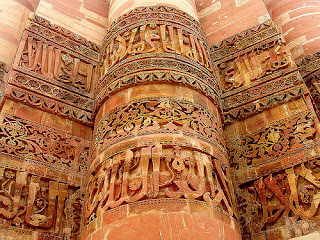Cordoba
History
The Romans (206 B.C.E.) built the original city on the most strategic site of the Guadalquivir River. From Cordoba, they shipped Spanish olive oil, wine and wheat back to Rome. They built the mighty bridge that spans the river, El Puente Romano. But the city's greatest glory was to be achieved under the Moors (711). Cordoba became the capital of El Andalus and was destined to become a center of Moorish art, architecture, philosophy and poetry.
The city's most famous landmark, Mezquita, or Great Mosque, was one of the largest in all Islam. An investigation into the history of this magnificent structure reveals the checkered story of Cordoba's past. The Romans built a pagan temple on the site which was destroyed by the Visigoths (400 - 711) when they conquered Spain. In its stead, the Goths erected a church for St. Vincent which, in turn, was razed by the victorious Moors, who set to work building the Mezquita. The spectacular landmark took more than 200 years to complete and more than 1,000 pillars of granite, onyx, marble and jasper support its arches. When the Christians seized the city in 1236 they were awed by the beauty of the mosque and decided to build a cathedral in the midst of its columns and arches. Another famous monument is the Alcazar, or Fortress, which was constructed by the Christians in 1326

















































